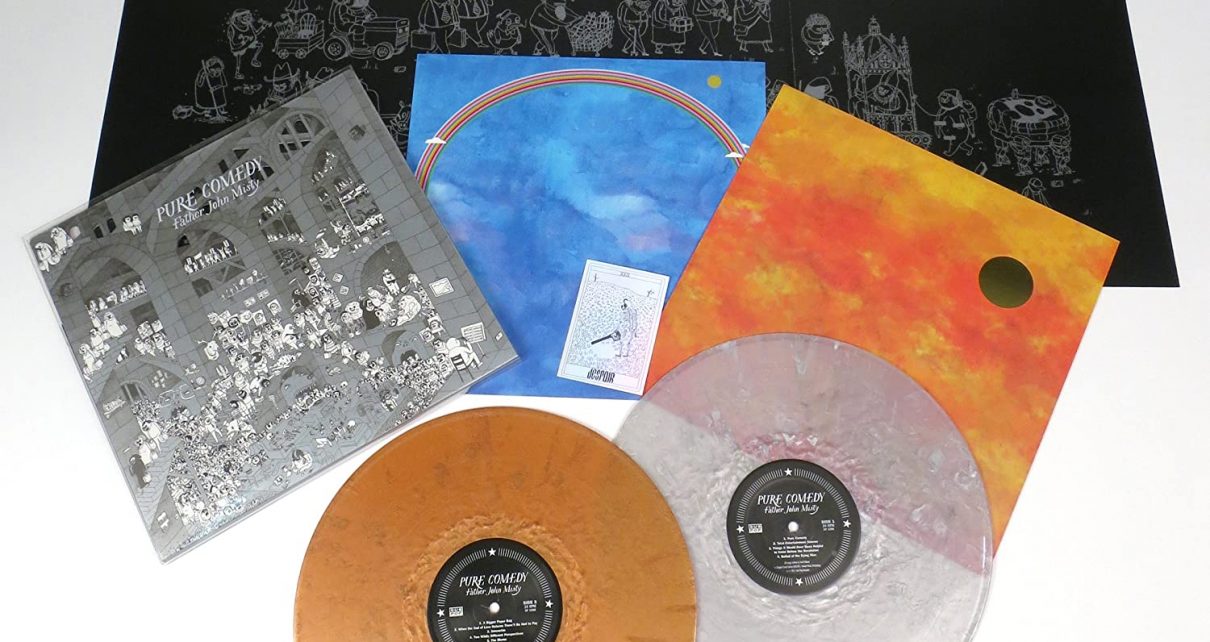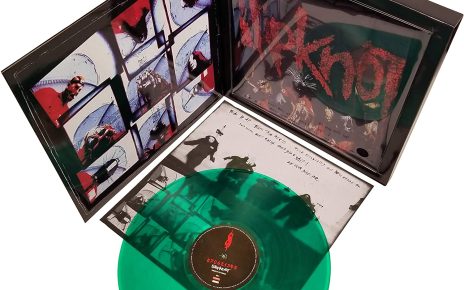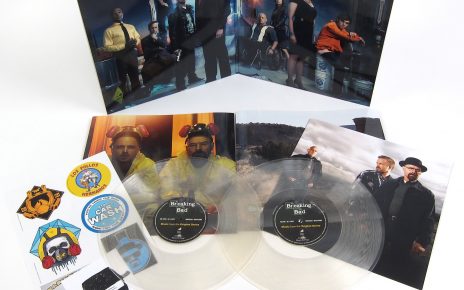You know what’s cooler than vinyl records?
Colored vinyl records, that’s what!
If you’re a musician or just a design enthusiast, you’d know what I’m talking about. I mean…just take a look at these babies!
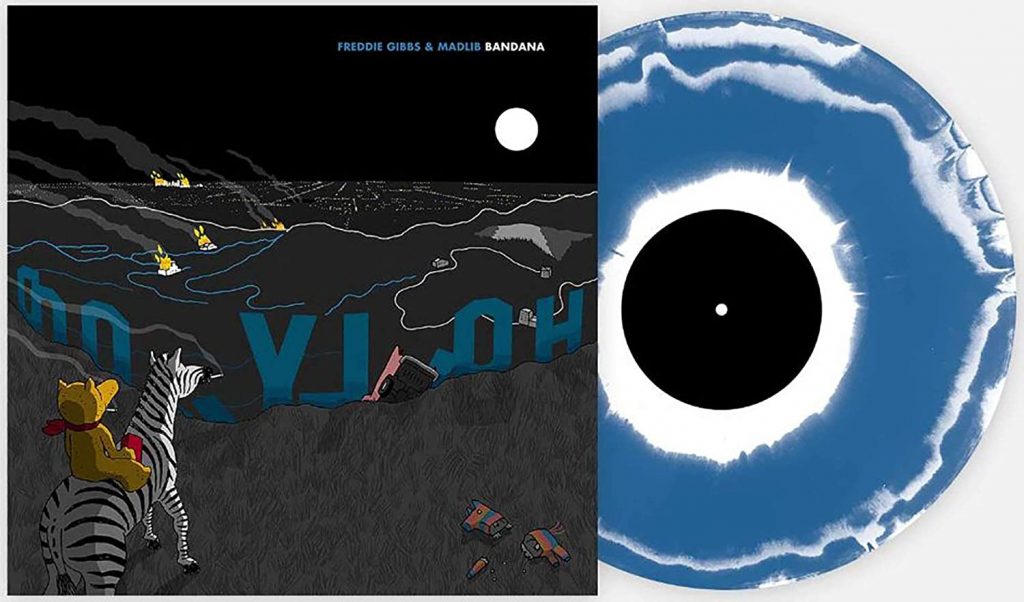
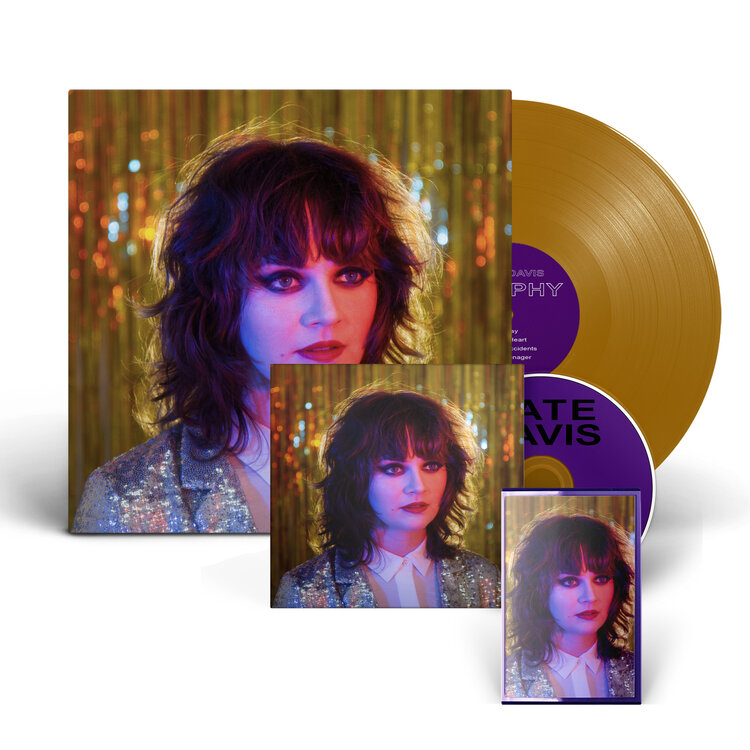
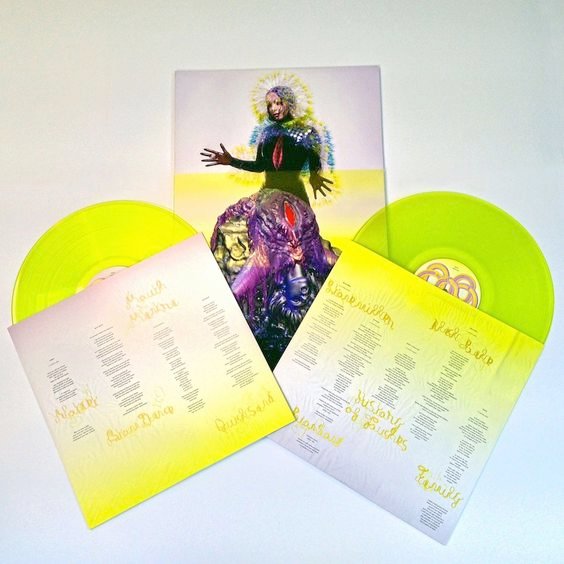
Don’t you just want to buy them even if you know nothing about their music?
I do!
But if you’re a musician planning to release music in vinyl, you are a little bit torn if you should release in black vinyl when it’s a little too basic or release in pretty colored vinyl records when you hear people say that the sound quality could be bad for colored vinyl.
So do black and colored vinyl have different qualities and steps in vinyl pressing? Let’s find out!
WHAT IS THE REAL COLOR OF VINYL RECORDS?
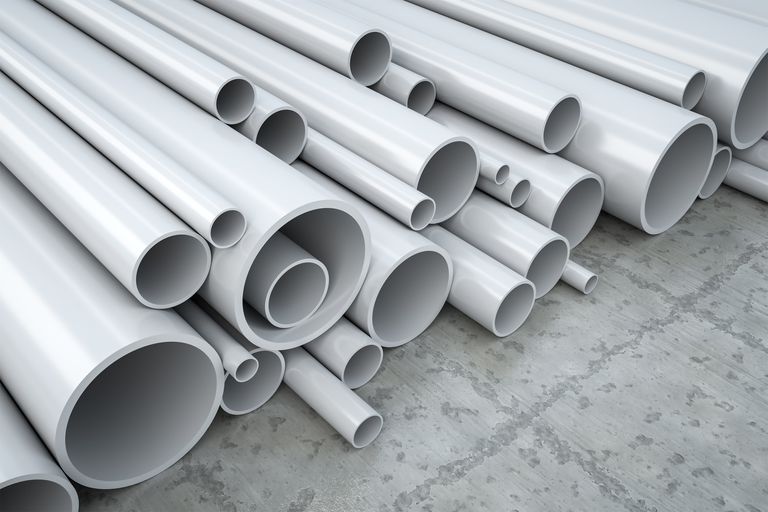
Vinyl records were once made of shellac and were more known as phonograph records, not until the 1940’s. Polyvinyl chloride or more commonly known as PVC replaced the shellac and that’s how vinyl records got its new name.
PVC is a synthetic plastic polymer that is naturally colorless. When it is held up to a light source, though it looks white, light can shine through it. In order to color the PVC, colorants and other additives are mixed with it. To attain the traditional black color of vinyl records, black carbon is added, while dyes are added to have the colored vinyl.
You may have heard some people talking about how the traditional black custom vinyl records are superior compared to the colored and picture disc vinyl. This is a very valid argument for you see, black carbon on PVC’s do not only give color it also strengthens the mix as well as reduces static electricity when being played on the turntable.
This makes black vinyl records more durable to playback. Unlike black carbon, dyes do not strengthen the vinyl record. However, this difference is unnoticeable and will only be noticeable when mistakes are made during the process of producing them.
IS SOUND QUALITY REALLY BAD WITH COLORED VINYL RECORDS?
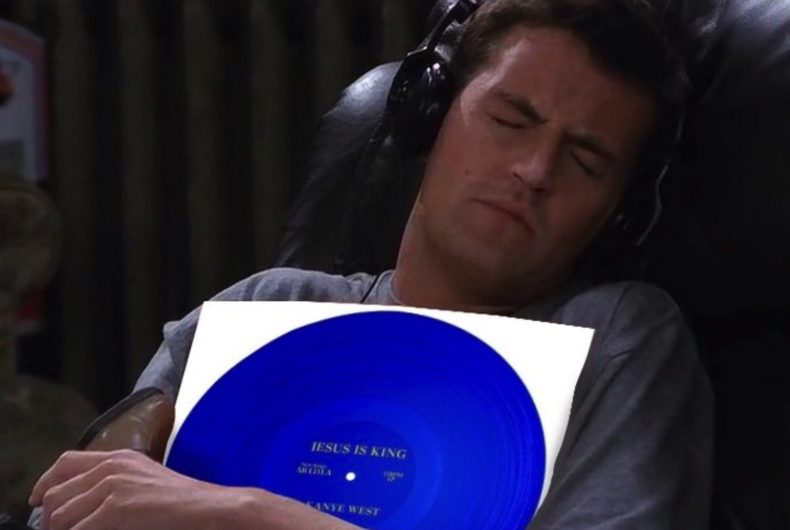
Vinyl record production has improved so much within the last 20 years and most colored vinyl records released nowadays deliver sound quality that’s the same as the black vinyl pressing released.
There may be exceptions to this, however, and I admit that picture discs still have some flaws of their own, especially it’s playback durability. Still, that should not stop you from buying vinyl records that are not black, right?
IS THERE NO DIFFERENCE IN SOUND QUALITY AT ALL?
As I’ve mentioned before, there are still a few exceptions to this “colored vinyl records are at par with black vinyl records” saying. The custom vinyl pressing of clear, picture discs and glow-in-the-dark vinyl records. This custom vinyl record pressing is prone to poor playback.
For clear vinyl record pressing, only a few additives can be added into them in order to prevent risking its opacity. Because of lesser additives, the sound quality is compromised. However, the lesser sound quality would hardly be noticeable for common listeners.
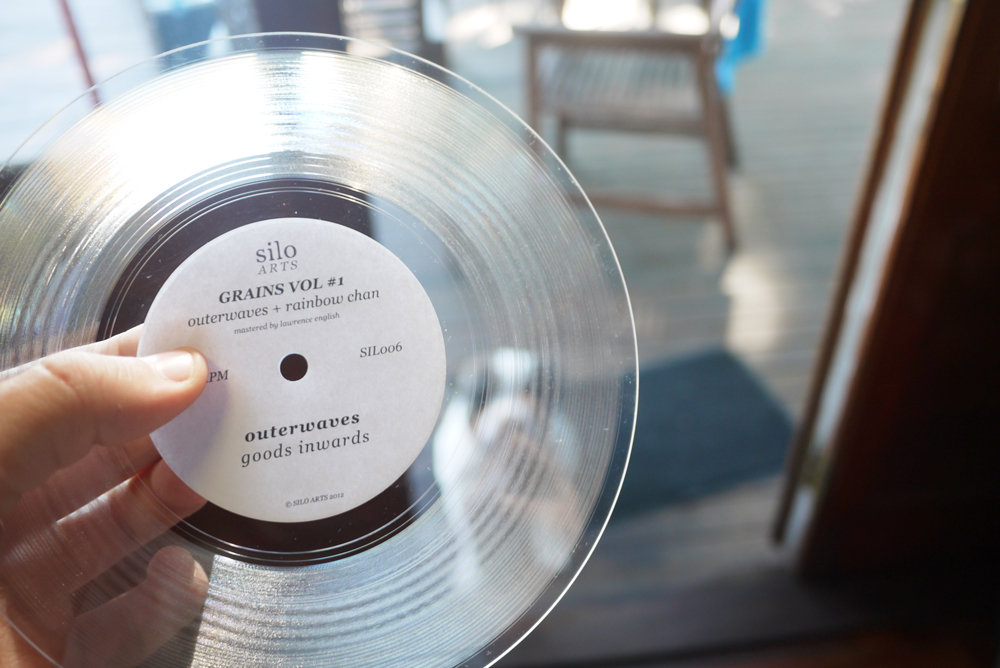
I would just like to give you a warning when having glow-in-the-dark custom vinyl pressing. According to Pirate Press, the pigments used for the production of glow-in-the-dark vinyl records degenerate the acoustic properties of the recording pressed on them. In addition, it also increases the record’s surface noise.
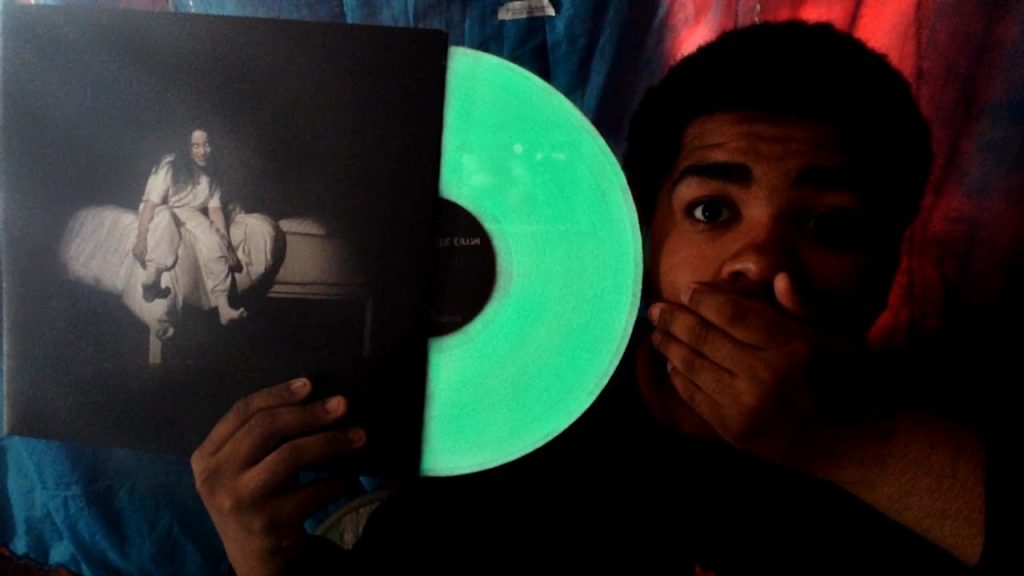
Picture discs are commonly made up of 3 layers. The bottom most layer is a clear record with no music, the middle layer is the picture layer, and the uppermost layer is the clear plastic sheet that bears the grooves. Due to the plastic sheet being thin and malleable, it is not as durable as those regular records and this has adverse effects on both its long-term and playback durability.
IS THERE A PRICE DIFFERENCE?
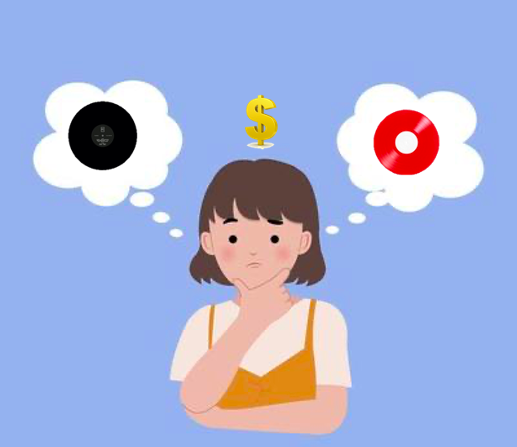
If you’re planning on having custom vinyl record pressing then here is Unified Manufacturing’s price list for both with 100 pieces. Keep in mind that the jacket is a single jacket, the inner sleeve is plain white, and there is no UPC and polywrap added.
The record is also in standard weight and the offer for test pressing is not ticked.
| Black Vinyl Record Pressing | Colored Vinyl Record Pressing | |
| 7” | $1,058 | $1,105 |
| 10” | $1,560 | $1,618 |
| 12” | $1,560 | $1,618 |
IS THERE A DIFFERENCE IN TURNAROUND TIMES?
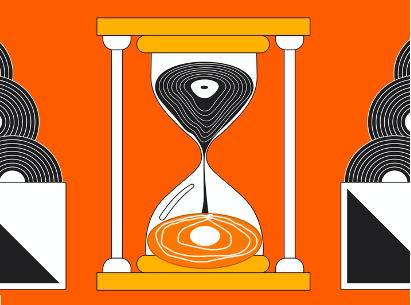
There is no range of time that pressing plants can give you because anything can happen, and vinyl records are very delicate and fragile things they have to treat with utter care.
Upon searching through the internet, the shortest turnaround time a pressing plant has offered is around 3-4 weeks. However, that time does not count the ordering, the confirmation of artworks, and the approval of test pressings.
This turnaround time is the time after you’ve done all those things and is pertaining to turnaround time of the actual custom vinyl pressing.
Some pressing plants have offered an average turnaround time of 10-16 weeks which, I assume it includes all the previously mentioned processes.
SUMMARY:
| Black vinyl | Colored vinyl | |
| Colorant Used | Black Carbon | Dyes |
| Playback Durability | Very Durable | Less durable but still okay |
| Sound Quality | Better | On Par with Black Vinyl except |
| Price | Lower | Higher |
_________________________________________________________________
James Hill is a veteran of the music industry. He first worked at Warner Reprise Records then later joined Interscope/ Geffen Records where he managed producers and songwriters and got his first platinum record for Keyshia Cole’s The Way It Is. He is now helping indie artists with branding and manufacturing through his company Unified Manufacturing, a CD/DVD/vinyl and merch company in LA.

